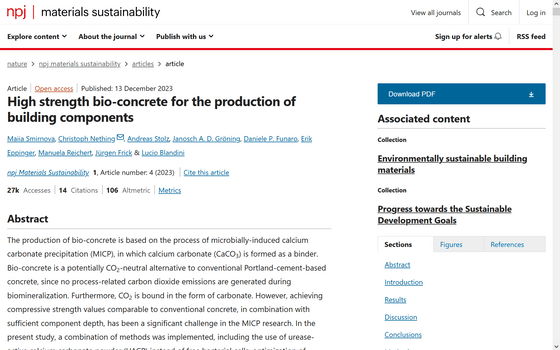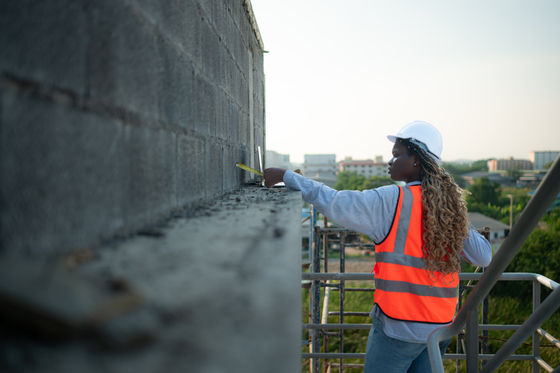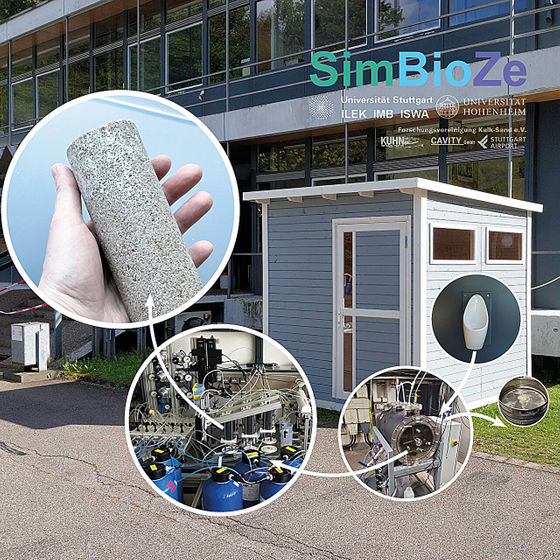What is bioconcrete made from urine?

Researchers have developed a building material made from components of urine, which has the environmental benefit of making effective use of waste material and reducing greenhouse gas emissions during production.
High strength bio-concrete for the production of building components | npj Materials Sustainability

Bio-concrete from urine: Researchers develop sustainable building material
Researchers at the University of Stuttgart in Germany are focusing on developing a new kind of building material called ' bioconcrete ,' which is made using microorganisms and other living organisms, and is characterized by its ability to repair itself using the healing properties of living organisms.
Regular concrete is a very strong building material, but it can begin to crack when exposed to the elements and the passage of time. If these cracks continue to grow, water and other elements can slowly eat away at the reinforcing steel material inside, making the concrete weaker.
In early 2016, microbiologist Henk Jonkers of Delft University in the Netherlands successfully developed a self-repairing concrete product by mixing regular concrete with bacteria and calcium lactate capsules, harnessing the natural self-repairing abilities of concrete.
When water gets into the cracks in the concrete, the biodegradable plastic shell of the calcium lactate breaks down, and bacteria activated by the calcium lactate consume the calcium lactate to produce limestone. This limestone expands and fills the cracks caused by the water, repairing the concrete.
It is expected that using this type of bioconcrete in buildings exposed to the elements or in locations that are difficult to maintain will help reduce building maintenance costs.

Researchers at the University of Stuttgart have chosen human urine as the raw material for their bioconcrete.
According to the researchers, by mixing the bacteria-containing powder and sand with human urine, the bacteria break down the urea and add calcium to the urine, which then grows calcium crystals, which act as a filler and grow into bioconcrete.
When the researchers used industrial urea to create bioconcrete, they were able to achieve a compressive strength of over 50 megapascals, significantly exceeding the strength of conventional bioconcrete. '30 to 40 megapascals is enough to build a two- to three-story building,' the researchers said.
However, the pressure dropped to 20 megapascals for artificial human urine and 5 megapascals for real urine, because the bacteria lose their activity over time, the researchers said.
Bioconcrete using urine has the advantage that it can be fired at a lower temperature and does not require additional water because urine already contains water. The researchers will conduct freeze-thaw tests to determine whether it can be used outdoors, paving the way for the use of urine as a new material for bioconcrete. If this is realized, it is expected that urine discharged from high-traffic places such as airports may be separated and treated and used as a raw material for bioconcrete.

Related Posts:
in Science, Posted by log1p_kr







